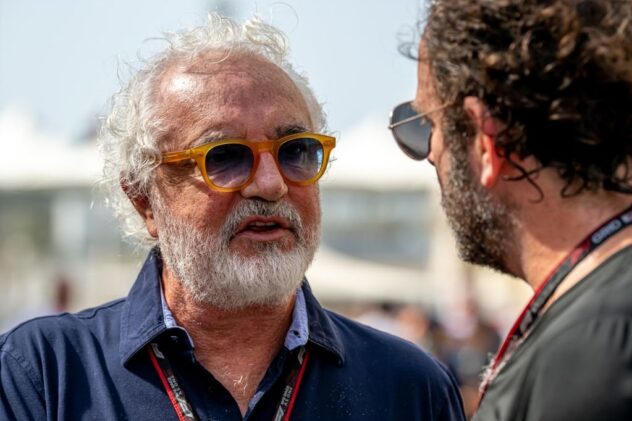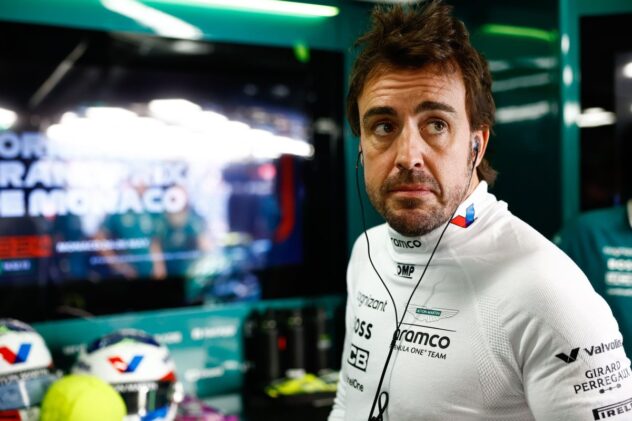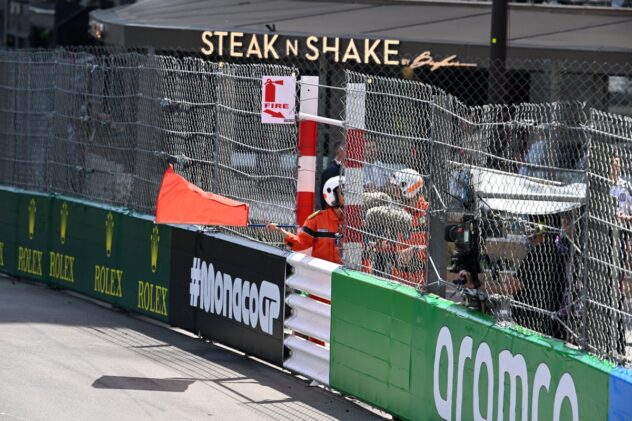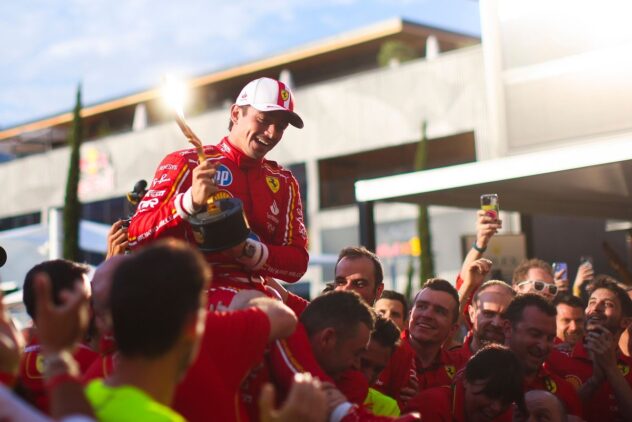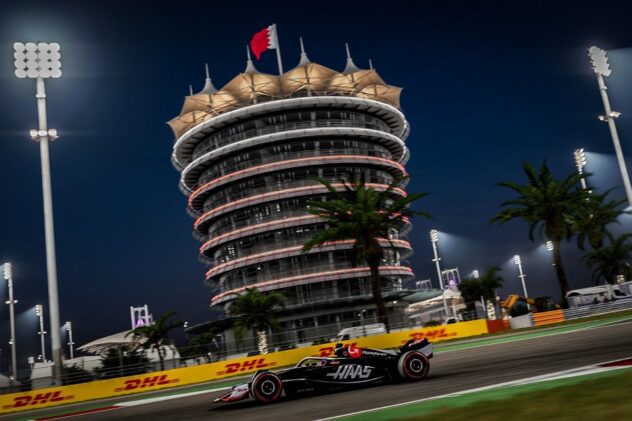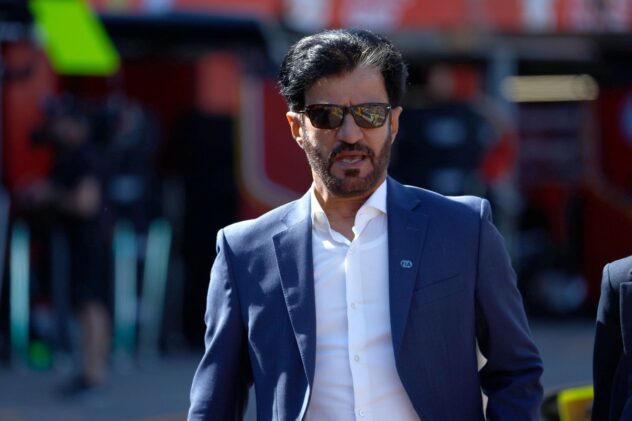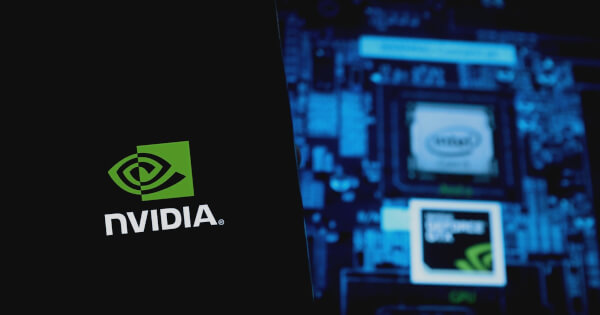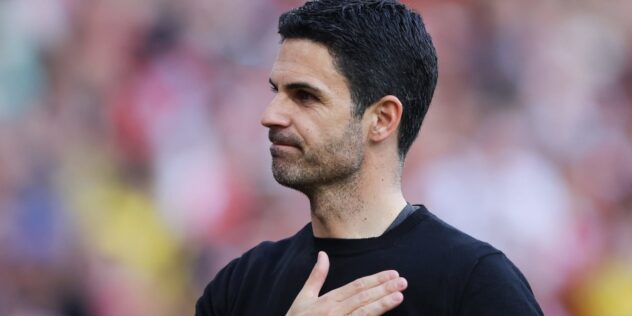How Haas broke F1’s new team curse

The recent celebration of its 150th race may be well behind Ferrari’s tally of 1060 but, if the calendar keeps going the way it is, then by 2025 it should be ready to eclipse March and BRM’s tally of 197 starts.
Considering more than 160 teams (either individual entities or names) have raced in F1, that Haas has done so much but still remains the new kid on the block says its own story about both the difficulties fresh squads face in surviving grand prix racing’s trials, but also the resilience of the American-owned outfit.
If we select teams from the moment they started from scratch (rather than changed ownership or names), then we have to go an awfully long way back to find new operations that are still running.
The current Mercedes squad has its roots traced back to BAR, which began competing in 1999. Red Bull evolved from Stewart which made its debut in 1997, while Sauber, which joined the grid in 1993, is currently racing under the Alfa Romeo banner.
Even F1’s official newest team – Aston Martin – has a lineage that goes back to Jordan GP which began life in 1991.
Haas’s staying power is a great success and comes against the backdrop of plenty of other new team failures over recent decades – including USF1, Lotus/Caterham, Virgin/Marussia, HRT, Toyota, Super Aguri, Forti, Simtek and Pacific.
Steiner believes that there are a host of factors that have allowed Haas to survive while other new teams did not last the duration. Key for him is the full support it has had from Gene Haas, who has helped bankroll the operation through the highs and lows.

Haas joined the F1 grid in 2016
Photo by: Dirk Klynsmith / Motorsport Images
“I think it’s mostly thanks to Gene who believes in it, nothing else,” said Steiner. “He believed in it and I think as a team, we didn’t do a bad job.
“Obviously coming in and scoring points in our first race, that helps, but also it was about getting credibility in this paddock.”
But the role Steiner himself played should not be underestimated too, because he has helped ensure that Gene Haas kept his faith in the squad. There were no false promises and outlandish expectations being thrown upwards that risked disappointment and the plug being pulled.
“I think I’ve been in motorsports long enough,” explained Steiner. “If I go to Gene and say, ‘Oh, in three years we will be world champion,’ it’s just not realistic.
“If you give people unrealistic expectations, they’re unhappy. And then obviously, either he closes the team, or at least he sacks me!
“I was always realistic and I said: ‘If you don’t like what I’m telling you, fine, just let me know, and I’ll move on,’ I will always be giving you my best estimate.”

Gene Haas, Owner and Founder, Haas F1, Guenther Steiner, Team Principal, Haas F1
Photo by: Andy Hone / Motorsport Images
Battling for survival
This is not to say, though, that every moment of Haas’s journey has been easy.
The team endured different types of sponsorship headaches with title backers Rich Energy and Uralkali, and then a 2021 campaign with Nikita Mazepin and Mick Schumacher that proved far from fun.
It was little wonder that director of engineering Ayao Komatsu recently referred to that period as more ‘concentrating on survival’. Steiner concurs that the feeling back then was not good.
“It was very tough, but then the easiest thing is to give up,” he said. “I don’t like easy things. But a lot of people worked very hard to get there, so now we get a hurdle in our way, let’s find a solution for that.
“Gene was very clear. He told me what he wants to see to continue, otherwise we don’t continue. And then at least you have got your expectation, and his expectations, and it was my duty to fulfil it. But I didn’t do it on my own, I had a lot of good people around me who helped me to do this, and we survived.”
The way that things turned around quickly is quite remarkable though. As well as a competitive uplift that has re-established the team in the midfield, the financial picture has changed completely too.
A title partnership with Moneygram has brought stability, and the team has added some other top-notch backers too – including notable new names like Chipotle and MGM Resorts.

Haas has partnered with MGM Resorts ahead of the Las Vegas Grand Prix
Photo by: Haas
Asked how Haas was able to get things back on track, Steiner believes that its team personality was critical.
“I think a lot of people like an underdog,” added Steiner. “I think also to partners we give more than the big teams would give back to them. And people know that as well.
“We’re doing this really for the love of the sport this way, not only to make a living out of it. I think a lot of people appreciate it and see our passion in doing this one.”
F1’s expansion and Netflix
It is also important to say that Haas has been helped on its way by some factors outside of its direct control – which includes the running of F1 itself.
Liberty Media’s takeover of F1 set it on a path of engaging a new younger audience, plus the push by FOM and the FIA to introduce a cost cap has been a game-changer.
“I think without the changes in the financial regulation with the cost cap, we wouldn’t be here anymore because there would be no point to be here,” said Steiner.
“But it wouldn’t be only us, there would be other teams not here anymore. That’s my opinion, although obviously, I have no proof of it.

Steiner has featured heavily on Drive to Survive.
Photo by: Andy Hone / Motorsport Images
“Why do you think the teams are worth so much now? It’s because you know how much you’re going to spend. It’s not like before: you buy an F1 team and you don’t know if you spend $200 million or a billion dollars. Now you know.
“Also the redistribution, with the new Concorde Agreement, of the prize money. It’s a lot better for the smaller teams.
“Then, obviously, America helps, but I think that should have been done a long time before. We missed that boat [before] because the Americans, they were interested in F1, it was just never brought to them. And now with Liberty Media in charge, they are bringing it to them. So it’s very successful there in the moment, and we need to obviously work hard and keep it this successful.”
Haas also has certainly generated a bit of a cult status too through Steiner’s star appearances in Neflix: Drive to Survive. You can bet that winning sponsors over to commit to a team is made a bit easier if they are sitting opposite a TV hero…
“I think it helps with awareness,” smiles Steiner. “You know, it’s difficult to speak about yourself, but this Drive to Survive has brought F1 to a lot more people than before. Obviously me, unfortunately, playing a role in that one helped it, so I don’t feel great about it!
“But I’m not embarrassed about it because it helped the sport. I’m pretty sure it has helped Haas as well, because a lot of people know us now as a team.
“Obviously, a lot of people then jump back to my character: they see the team is run a little bit on emotions more than the other teams, so I think it helps in general, yes.”

Magnussen scored Haas’ first pole position in Brazil last year.
Photo by: Sam Bloxham / Motorsport Images
Joining the establishment
Until F1 opens the door to any other new teams – and that decision is being made right now – Haas will remain in a unique situation of being both a new kid and part of the establishment.
But Steiner is not happy for it to just rest on his laurels because he and his boss want success – and know that there remain risks out there that can yet derail their long-term future in F1.
“I think as a team we are in a good place,” he said. “We have got a lot of partners, for the long term, not only for the midterm.
“My only concern is that we’re getting away from the cost cap, and trying to find an excuse to get out of it all the time. Then we will be going back to the good old days, and all of a sudden the sport being back to where it was maybe 10 years ago where teams went bankrupt because they couldn’t afford to stay in it. So I think that is my only concern.
“I think in the moment there is enough level-headed people on top of it that they don’t let that happen. But I think we always need to be cautious and diligent about that, because it doesn’t take a lot that you get out of balance again because of the costs.”
But despite being cautious about potential threats, Steiner says that, as the newest team, Haas is also left with the greatest opportunity to catch up.
“I don’t feel we are young, as I think we’re pretty well established here,” he said.
“I think people now realise that we’re here to stay, because the first year it’s always: ‘You will be gone like all the other new teams.’
“I don’t feel that anymore that we are seen as the new kids on the block, but I feel we’re still the youngest and still have the biggest potential to grow to the other ones, because we are behind.
“Obviously the longer they are there, the more and more difficult it is to get better, especially with the budget cap in place. We can still gain, but it’s hard work!”

